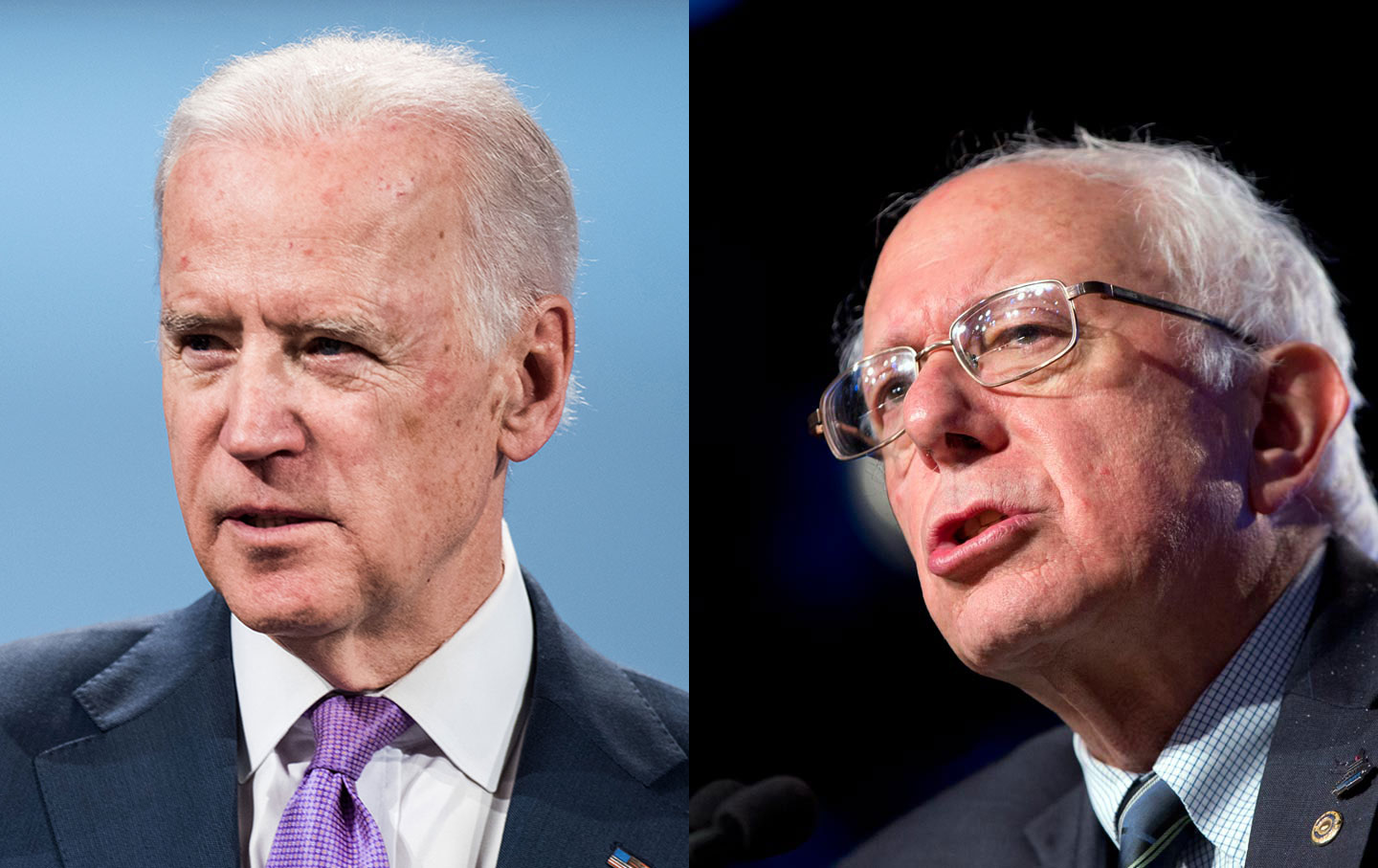Given the literal smorgasbord of (sometimes inaccurate) polling that exists in recent election cycles, we have a vast collection of numbers to sift through when reading the tea leaves in 2020. By looking at the past cycles at this same time period, it’s possible to get some understanding of where the field is standing and how the competitiveness is shaping up.
Let’s dive into the historical numbers which come from a great Twitter account, run by the Washington Post, called @LedPast. The account spits out a daily rundown of which candidate led in the polls on this very date in the prior cycles.
As of today, here’s where the field stood in prior years:
585 DAYS TO GO:
2008 Dem: Hillary Clinton led by 11.5 points.
2008 GOP: Rudy Giuliani led by 13.6 points.
2012 GOP: Mitt Romney led by 7 points.
2016 Dem: Hillary Clinton led by 55.6 points.
2016 GOP: Jeb Bush led by 0.6 points.
The most glaring numbers that jump out is 2008 where primary voters were most interested in Hillary Clinton and Rudy Giuliani, each leading their nomination polls by double-digits in early 2007.
Clinton eventually went on to fall against Barack Obama after a protracted primary battle, while Giuliani faded much faster in the cycle.
Rudy Giuliani led the Republican side handily all the way up to January of 2012 when John McCain quickly caught fire as the likely nominee.
The 2012 cycle was much more accurate with Mitt Romney leading at this time and eventually going on to win the Republican nomination after a hard-fought primary that lasted well into the Spring.
2016 is another unique year where Hillary Clinton faced minimal competition at this time and was leading by a whopping 50+ points among Democratic primary voters. Even with that number, the 2016 Democratic primary came down to a fistfight between Clinton and Bernie Sanders which lasted almost until the very end of the primary voting season.
Ultimately, Clinton prevailed but was heavily battered despite a massive polling lead heading into the primary.
On the 2016 Republican side, Jeb Bush was barely squeaking out a lead which was basically a statistical tie. Bush never really had much traction and within a couple of months of this poll snapshot in 2016, Donald Trump would capture the top polling spot on the Republican side and never look back.
Comparing 2020 Polls
What about right now? The current RealClearPolitics average of national Democratic primary polls gives us something to work with:
RCP Average (3/14 – 3/26)
29.2% – Biden
21.8% – Sanders
9.8% – Harris
5.7% – Warren
3.2% – Booker
2.2% – Buttigieg
1.7% – Klobuchar
1.0% – Yang
1.0% – Castro
0.7% – Hickenlooper
0.7% – Gillibrand
0.7% – Inslee
At a quick glance, we could have a real race on our hands. Biden and Sanders are less than 10 points apart on average. Some polls show them closer, but the average will suffice for some basic analysis. This would conventionally give Biden a nod at holding the advantage, but he’s not in the clear with the numbers still fluid and changing fast.
In 2008, for example, when Barack Obama ultimately bested Clinton for the nomination, the two were polling within 10 points of each other at this time in the cycle. The Washington Post numbers, represented above, said Hillary was leading by 11.5 points, but other polls at the time showed the numbers much closer, some having Obama and Clinton within 2 points of each other.
Looking at the 2020 numbers again, the RCP average gives Biden a 7.4 point advantage, which is very close to the margin-of-error territory. Some 2020 polls actually show a tie between Biden and Sanders right now so the race is clearly wide open.
Do These Numbers Mean Anything?
It’s a good question, but if I say they mean nothing, then what was the point of writing about them? Clearly they mean something if, at a minimum, we can get an idea of how wide open the race is for the 2020 Democratic nomination.
Democratic voters are taking their time, examining the field, and want to learn more about the candidates before selecting someone to challenge President Trump.
In the coming months, as the field gels and we get a sense of final slate of candidates running for the 2020 Democratic nomination, one of these candidates will start to have a breakout moment. It might be Pete Buttigieg for all we know, or it could be Bernie, or maybe Harris. Maybe Joe Biden will enter the race and drive his numbers up and keep them for the rest of the year only to be unseated in January. The various scenarios are endless and all reasonably valid to explore.
Heading toward the first debate, on June 26 and 27, the numbers will churn and tighten, but if they tell us anything, it’s that we’re heading for a strongly contested primary on the Democratic side.
Donate Now to Support Election Central
- Help defend independent journalism
- Directly support this website and our efforts
